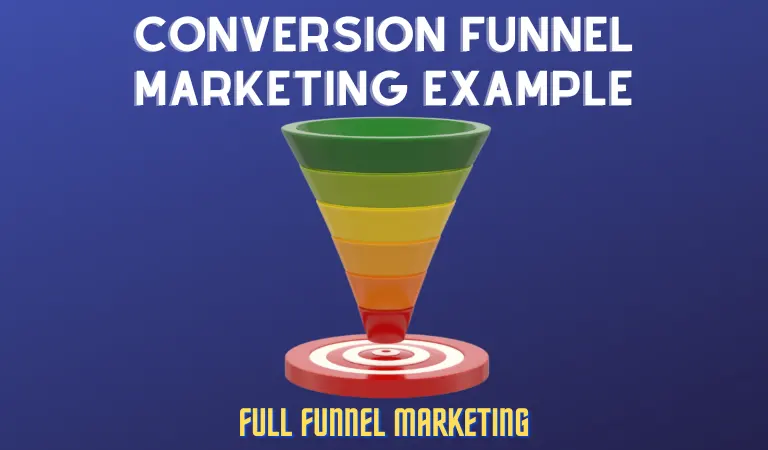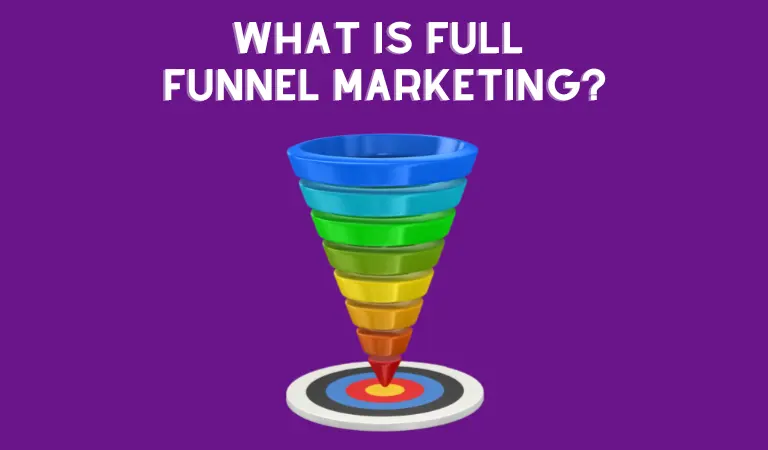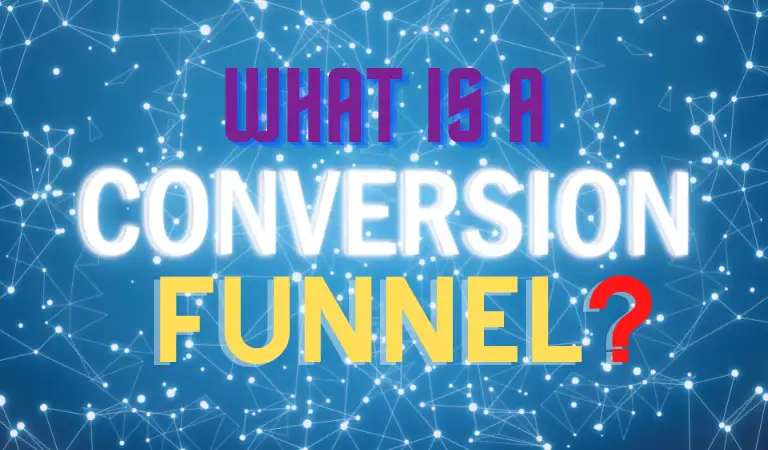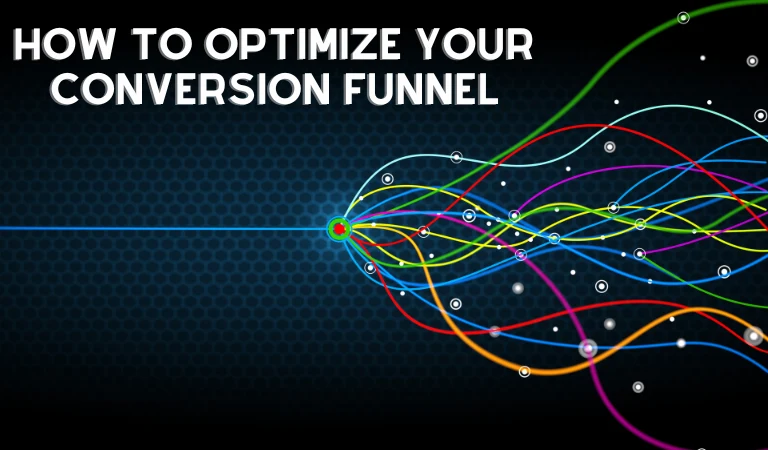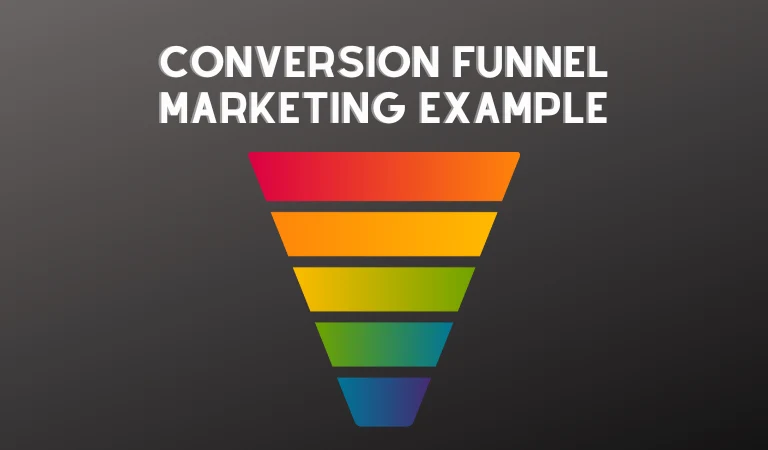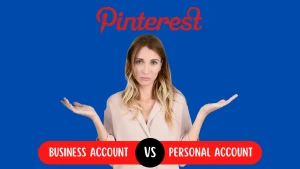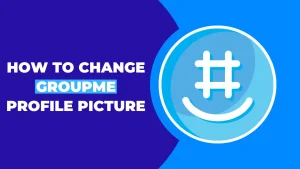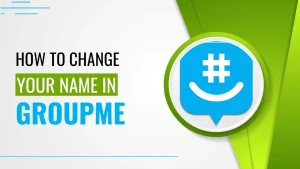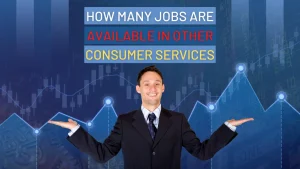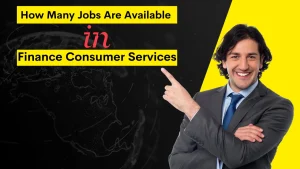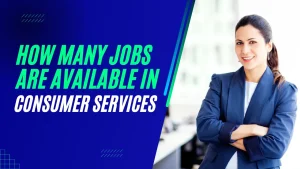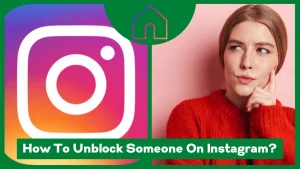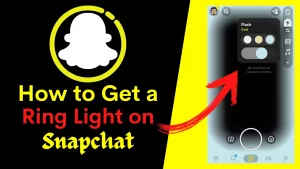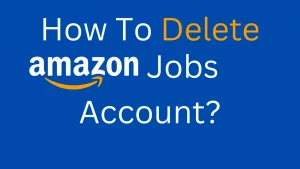There are several types of conversion funnel marketing example. What form of funnel marketing you use is determined by your company’s needs. A well-designed conversion funnel may be crucial between healthy profit and loss. An effective funnel will enhance the company’s profits.
This article is to let you know about full-funnel marketing, optimization of funnels, and conversion funnel marketing example.
You may also like this article:
Clickfunnels Supplement Funnel
Table of Contents
ToggleWhat is Full Funnel Marketing?
A full-funnel marketing approach entails customizing marketing messages to a client’s current purchasing stage. Rather than concentrating on sales, it seeks to cultivate connections and boost brand engagements.
Full-funnel marketing helps businesses engage with their consumers, better understand marketing’s overall efficacy, and provide more value without spending more money on marketing. There are various tools available for funnel marketing with various functionality such as Infusionsoft Traffic Funnels, Clickfunnels Email Automation, Clickfunnels Supplement Funnel, and many others.
What is a Conversion Funnel?
The phrase “conversion funnel” (sometimes referred to as “sales funnel”) describes the process of a prospective customer landing on the website and subsequently doing specific actions. Such customers may be attracted via several options, including SEO, content marketing, social media, paid advertisements, and even a cold approach.
The funnel concept depicts how the quantity of prospective customers decreases as they progress along the conversion route. Conversion rate improvement may occur at any point in the sales funnel to attract more customers who complete the most vital step. To do so correctly, you must consider the customer experience at each level – everything they want and how you might provide it.
How to Optimize Your Conversion Funnel
The most straightforward approach to begin sales funnel optimization is to divide it into three sections: upper, medium, and bottom. The uppermost portion funnel’s mission is to draw in new customers. While the bottom funnel is liable for conversions such as a customer’s purchase, the middle funnel is responsible for converting newcomers into qualified leads. Because you should treat each stage of the conversion funnel individually, several marketing tactics are used.
Upper Funnel Optimization
If you’re drawing in people who have no attraction to your items, the strength of the sales funnel will have little impact on your bottom line. The first step to improving the upper funnel is to emphasize attracting quality visitors, and there are several strategies you can utilize to enhance your conversion path.
- Keyword optimization for PPC and display advertisements.
- Retarget and adopt keys to successful social media marketing.
- Innovating and optimizing content such as blog posts, eBooks, guides, etc. Remember that content is king marketing is queen for any online business.
- Using social media to its fullest potential
Middle Funnel Optimization
The middle funnel is all about establishing trust and showcasing the value of your offerings. Relying on the conversion route, you may require communication with prospects to gain loyalty and progress them along the funnel.
One may use testimonials, consumer feedback, case analysis, community forums, pricing comparisons, diverse merchandising tactics, automated marketing strategies, exciting content, etc. Continually doing A/B testing, gathering feedback, and monitoring key metrics can help you know your customers’ mindset and needs.
Lower Funnel Optimization
When the leads reach the final level, try and convert individuals into new conversion funnels. You’ve worked to get them through awareness to buy, so losing them now might be a considerable loss. To keep customers engaged and seeking extra, collect as much data as possible.
Conversion Funnel Marketing Example
Certain conversion funnels are straightforward, and some are pretty complicated. There are various conversion funnels to choose from, varying from a primary three-stage funnel for small businesses to complex multi-stage sales funnels for large corporations. Let’s have a look at some very popular models.
Three-Stage Marketing Funnel
The three-stage marketing funnel, often known as the basic funnel, has three steps.
Awareness
The highest step of the marketing funnel is awareness. Marketing campaigns, as well as market analysis and findings, bring prospective customers within this phase. Prospective customers are usually considered to be suffering from certain problems and seeking to put a name throughout this awareness stage. As a result, many people search the web for information and a fix to their problems.
There are different method to do this, but a handful is incredibly successful at this stage:
-
PPC adverts:
PPC campaigns attract more potential customers who are constantly seeking a good or service, resulting in highly qualified traffic.
-
Organic search
You can also reach users while they search if you have a high organic ranking, and it usually costs less.
-
Social networking sites
They may not be actively seeking new items. Campaigns on these sites may be beneficial if targeted correctly. The client has no idea what your company does and how it can help them. It’s your obligation at this point to prove these potential customers aware of the brand and the items or services you have to provide.
Consideration
In the consideration stage, your potential consumers view the product or services as a long-term solution that you assisted in identifying in the awareness stage. Converting leads to clients will be easier if you provide content that shows your company is trustworthy.
This stage of the buyer’s journey’s purpose is to provide information that makes the business and its products or services appear to be a reliable choice.
When developing the market strategy for the consideration stage, keep the following elements in mind:
- Getting to Know Your Client.
- Content creation should be based on solutions.
- Recognize what the next step will involve.
Conversion
Conversion marketing is the practice and technique of marketing to increase the percentage of visits to the digital sites that take a specific action. The percent of website visits that fulfill a targeted objective is the conversion rate. Hitting a CTA button, checking out a form, or completing a transaction are all examples of conversions.
Marketers must calculate and evaluate the return on investment at each conversion-driving media to simplify their efforts.
AIDA Funnel
The AIDA Model is a purchasing funnel that outlines the cognitive processes that a person goes through while purchasing goods or services.
Attention
The awareness stage’s main objective is to guide prospective consumers and demonstrate why your service or product is the body and how it addresses a particular issue. Consider the awareness stage at the peak of the sales funnels when building your marketing approach.
Your goal is to attract prospective consumers’ attention and redirect people to the funnel so they may progress to the next level.
Interest
A lead enters the interest and assessment stage of the sales funnel after they’ve moved from the awareness stage. You’ve piqued a lead’s interest, and they want to learn more about a specific concept, problem, or query.
Showcase the products to spark the prospect’s interest in your business. Use testimonials or other ways to demonstrate how your product has benefited different companies.
Desire
This is the point in a buyer’s journey when they begin to crave your goods or service and have a strong desire to acquire them. The audience has already decided on whatever they want or need. They’re on the verge of completing their buy.
From a marketing standpoint, now is to make sure you can provide extra push and turn such high-intent leads into customers. It would help if you communicated with potential clients so that your product becomes more desirable.
Action
This is the last step of a marketing funnel in which the consumer performs the necessary action and turns into a customer.
Now is your time to engage them. One method is to give a free ebook, trial, or resource in exchange for their contact details. If you want to urge them to buy anything, you may offer them a special offer.
Conclusion
To assess any marketing funnel’s performance, you will need to determine how visitors use the website and what the reason acts as they do. Knowing how full funnel marketing and conversion funnel marketing example may help you enhance the flow of your customer journey. It can assist you in finding more prospects, turning them into customers, and increasing your profits.
FAQ’s
What is a good conversion funnel?
A sales funnel or conversion funnel is a series of actions taken by prospective individuals or visitors to your site to achieve a particular goal. Awareness, interest, decision, and action are the four phases of a purchase. Using these steps can improve your sales funnel and convert leads.
What is a marketing funnel example?
A Google or social media visitor finds your site. Now it’s a chance. The visitor might look at the website or products. You invite them to enlist themselves in your email list. Filling up your form makes a lead. Visitors may now be contacted via email, phone, or text message. Special offers, fresh blog posts, and other intriguing messages motivate visitors to revisit your site. Give a coupon code. Thus in step by step process, the funnel works.

